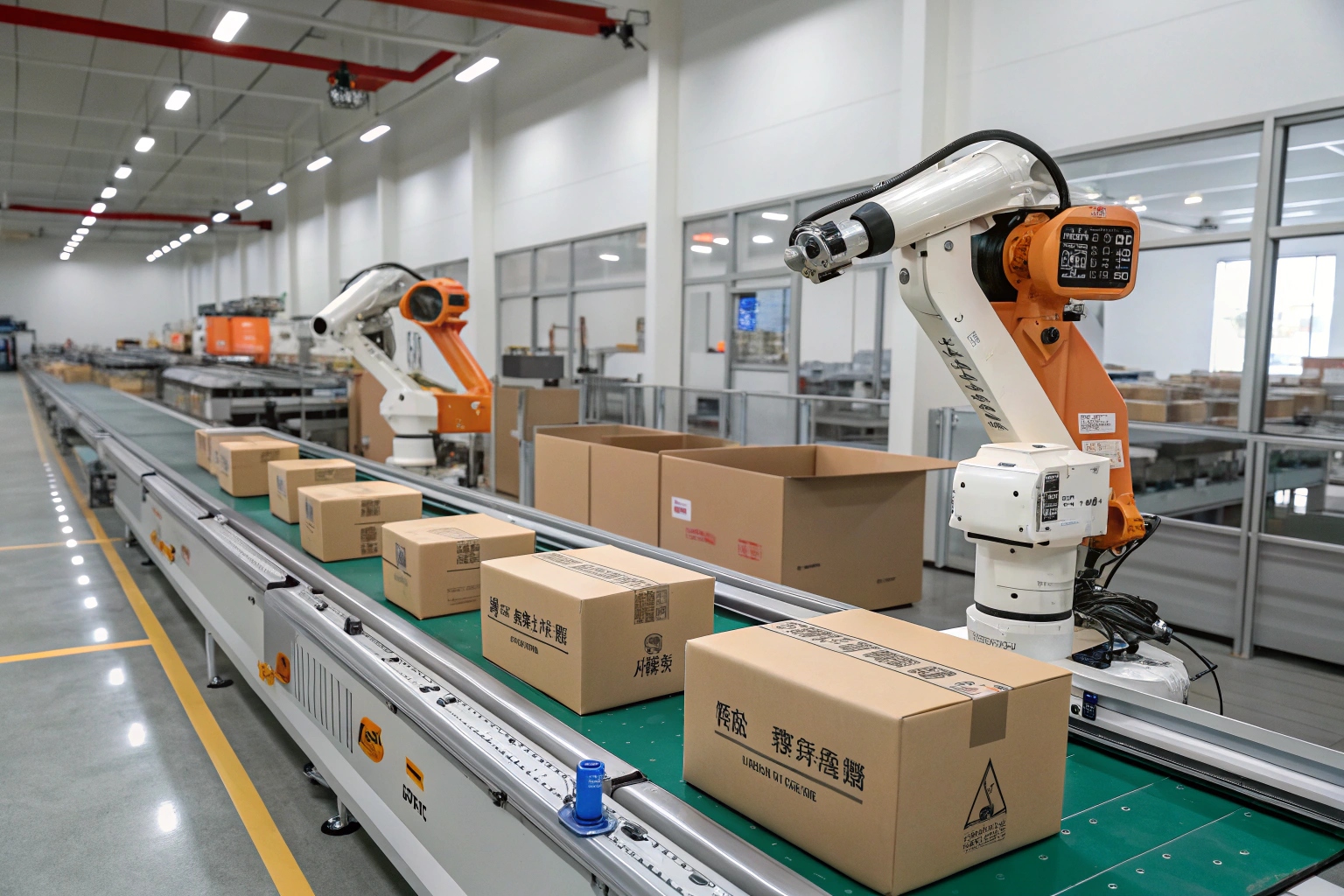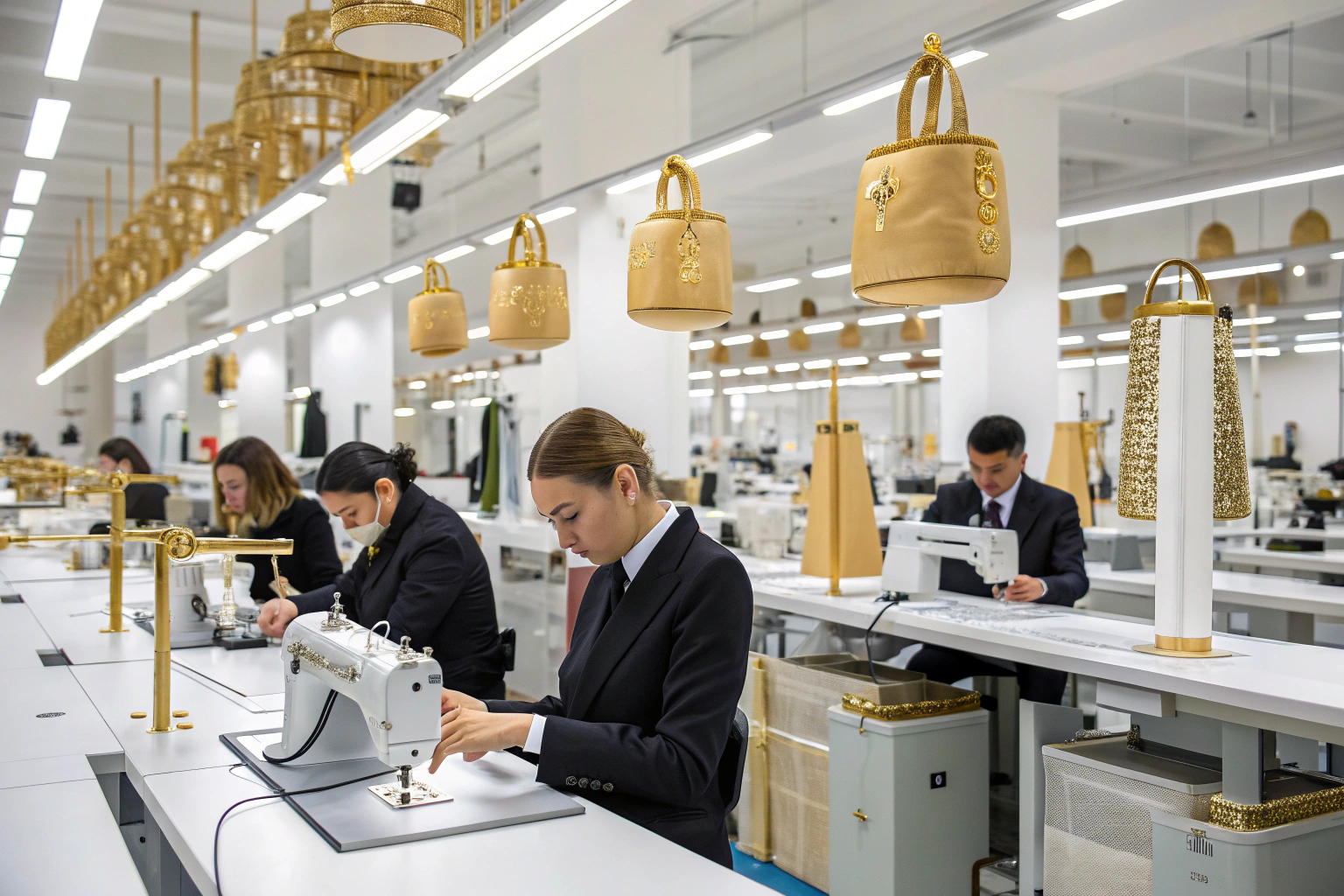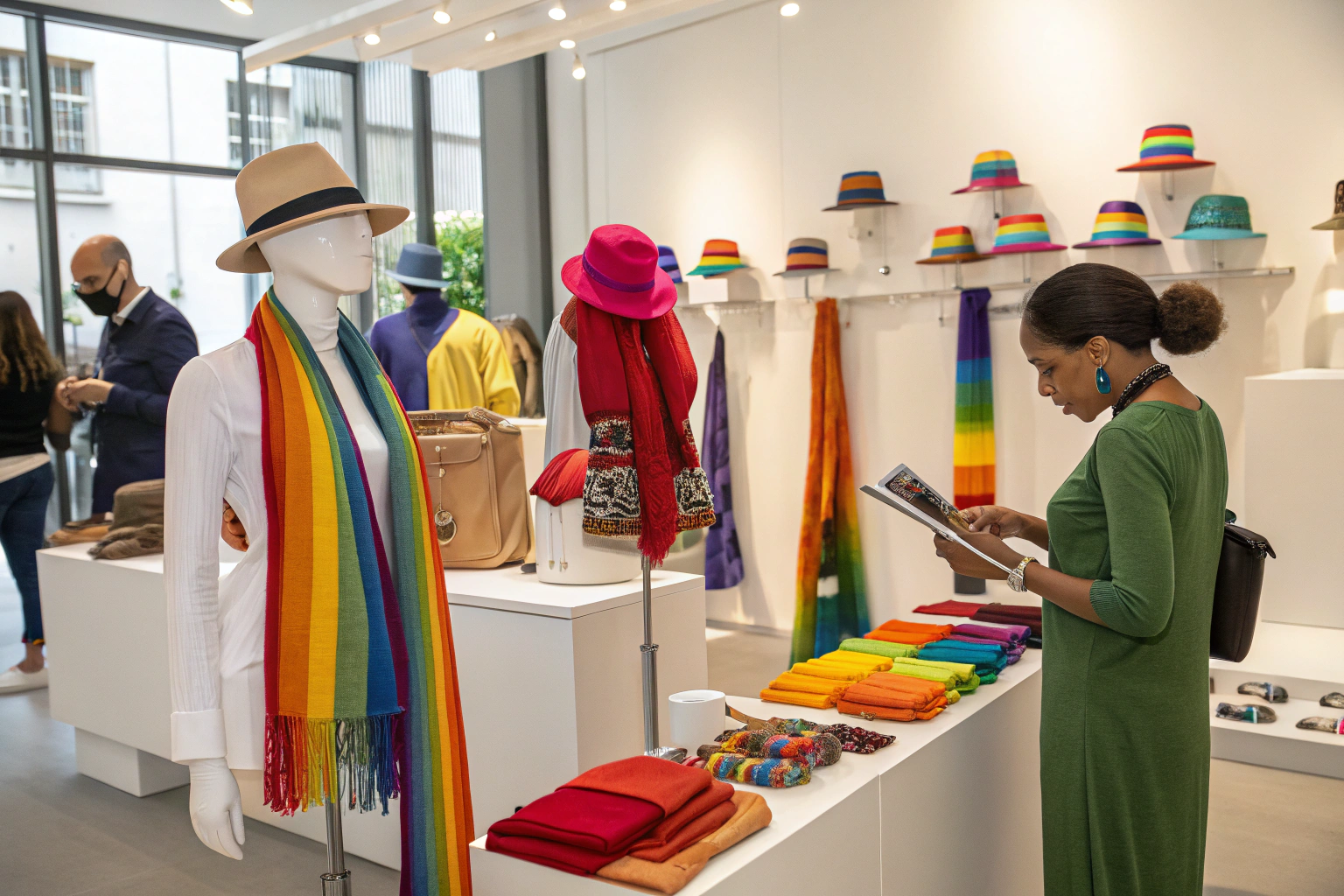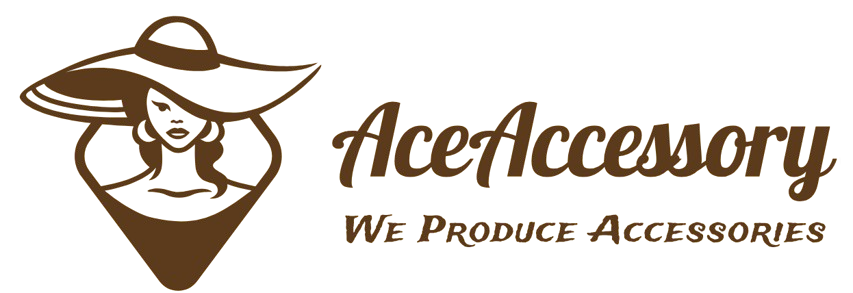Global e-commerce has grown at lightning speed—and fulfillment centers are no longer staffed entirely by humans. Today’s leading retailers and 3PLs operate fully or semi-automated warehouses that demand strict packaging, barcoding, and product compatibility standards.
If your accessories don’t comply with these standards, your shipment could be rejected, delayed, or incur extra processing fees.
As the founder of AceAccessory, a Chinese accessory manufacturing and export company, I’ve helped major supermarket buyers, apparel brands, and Amazon sellers adapt their accessory sourcing to work seamlessly with automated fulfillment centers. Here’s what you need to know to stay ahead.
What Are the Standard Requirements for Automated Fulfillment?
Every automated fulfillment center—from Amazon to DHL—relies on barcode scanning, robotic picking arms, and smart shelf mapping. For your accessories to be accepted and processed efficiently, they must follow strict specifications.
Compliance isn’t optional—it’s a requirement to avoid costly rework or rejection.
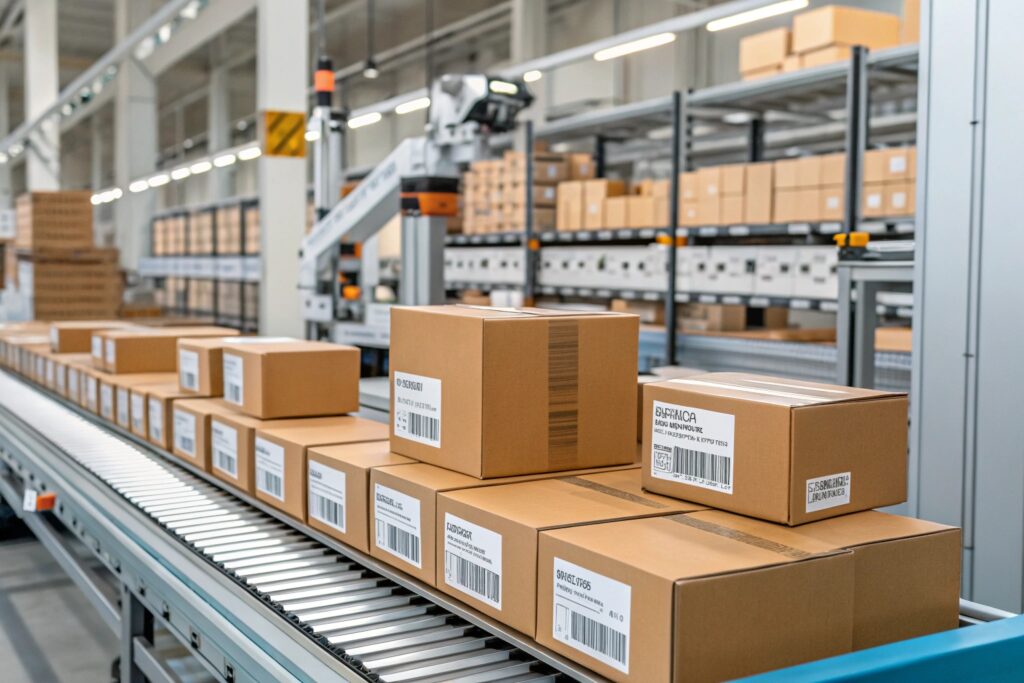
Do Your Accessories Meet Barcode and Labeling Requirements?
Accessories like headbands, belts, and scarves must be:
- Individually labeled with a scannable barcode (UPC, EAN, or FNSKU)
- Positioned for robotic top-down scanning
- Labeled with product name, SKU, and country of origin
At AceAccessory, we use GS1-compliant barcodes on all retail-ready units, ensuring compatibility with Amazon FBA and other automated platforms.
What Kind of Packaging Works Best for Automation?
Packaging must be:
- Uniform in shape and size
- Able to withstand robotic handling
- Non-reflective and non-slippery for accurate conveyor belt movement
Some clients request polybag compliance, while others require box-ready packaging with anti-static features. We custom-package based on your logistics needs.
Which Accessories Are Most Compatible with Robotics?
Accessory design and shape matter when it comes to automation. While humans can untangle items, machines cannot. Fulfillment robots prefer structured, uniform, stackable items.
Some accessory types naturally perform better in robotic sorting systems.
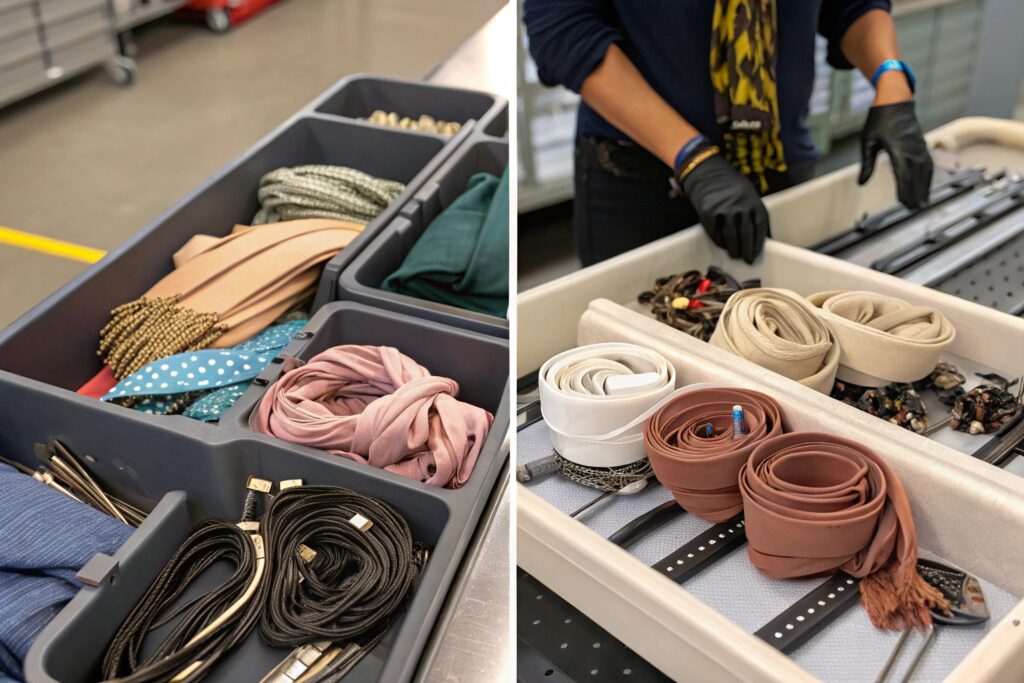
Are Your Hair Accessories Structured for Mechanical Handling?
Loose scrunchies or bow headbands can jam scanners. Instead, we recommend:
- Hair clips packed in trays or cards
- Elastic bands wrapped around branded cards
- Headbands nested inside each other with separators
Many clients ask for display card + OPP bag formats for smooth Amazon scanning. Read more about Amazon's prep requirements.
How Should Belts and Scarves Be Packed?
- Belts: Rolled and fixed with a paper sleeve or elastic band
- Scarves: Folded and inserted into rigid polybags or tissue-wrapped with label windows
This ensures the product won’t shift, tangle, or reflect light during automated identification. Robotic pick systems need clear object edges and consistent friction levels.
How Can You Ensure Packaging Compliance from the Start?
At AceAccessory, we work backwards from your fulfillment provider’s standards. Before we pack a single headband or belt, we confirm:
- Outer carton sizes
- Barcode placement templates
- Packaging material compliance
- Shipping label and ASN formats
It’s not just about making great accessories—it’s about ensuring they move smoothly through your automated systems.
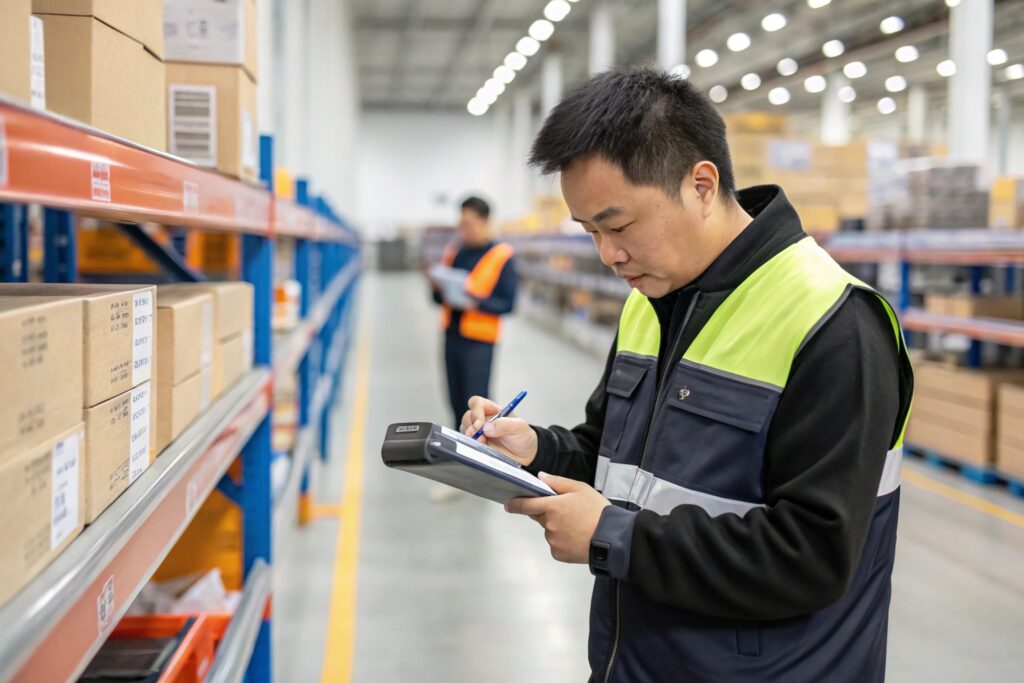
Do You Provide Pre-Shipping Packaging Tests?
Yes, we conduct internal packaging tests for:
- Drop resistance
- Barcode readability
- Carton stacking compatibility
- Moisture control for long-distance transit
For high-volume buyers, we offer videos of our quality checks and real-time scanning tests. Some clients even request trial shipments to their fulfillment providers to verify automation compatibility.
Can You Customize Packaging per Retailer?
Absolutely. Whether you sell on Amazon, in Walmart, or through your own 3PL, we adapt:
- Label size and position
- Carton inner/outer count
- Inserts and protective buffers
With our in-house design team and dedicated QC managers, you're not left guessing—we show you how everything will work before it ships.
What Logistics and Documentation Does Fulfillment Require?
Automation-friendly shipping isn’t just about the product—it’s about the paperwork. Errors in shipping labels, ASNs, or pallet stacking can trigger delays.
Fulfillment centers rely on digital synchronization. You must ship exactly what you promised, labeled the way they need.
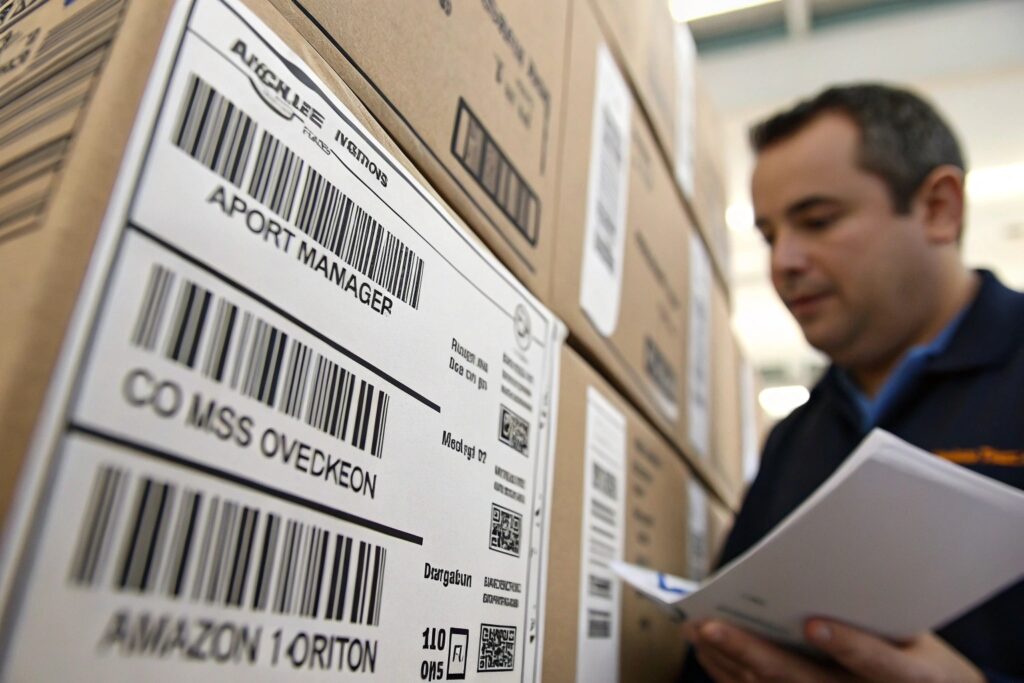
What Documents Do You Provide for Automated Receiving?
We prepare:
- Carton packing lists
- ASN files (Advance Shipment Notices)
- Master barcode sheets
- Photo proofs for every SKU and label
This allows centers like ShipHero and Rakuten Super Logistics to preload your SKUs and process your boxes without error.
How Do You Handle Last-Minute Routing Changes?
If your fulfillment center switches warehouse locations or routing, we quickly update:
- Pallet stacking guides
- Label placement
- Route-specific HS codes or customs documents
You get full visibility on documentation, and we keep backups in case your receiver requests reprints or digital copies.
Conclusion
Sourcing accessories for automated fulfillment centers isn’t just a trend—it’s becoming the new standard in retail logistics. If your belts, scarves, or headbands arrive incorrectly labeled or poorly packaged, robots can't fix it. Only smart sourcing upstream can.
At AceAccessory, we’ve made automation-readiness a core part of our offering. From barcode placement to packaging design and fulfillment paperwork, we’ve helped clients in the U.S. and Europe streamline their accessory supply chain for robot-driven warehouses.
If you’re looking to scale your accessory business through automation, we’re here to help make that transition seamless—and profitable.

